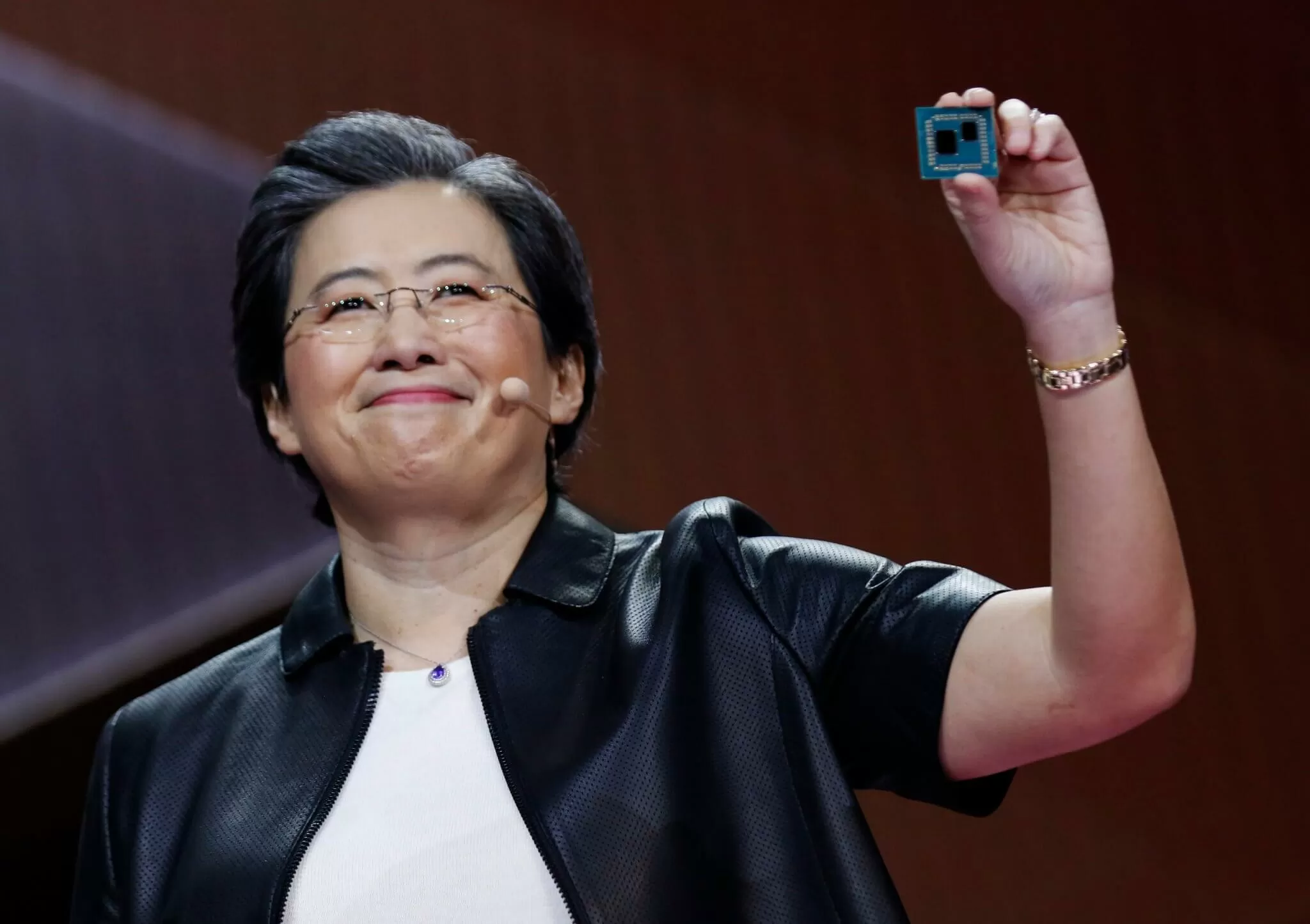Rumor mill: Could AMD launch its next-generation Zen 4 processors and RDNA 3 graphics cards simultaneously or very close together? That’s the new rumor floating around, though we’ll be waiting until the end of next year to find out. At least the chip shortage should have improved by then—maybe.

The rumor comes from Twitter user Broly_X1, who does have a history for accurate leaks; VideoCardz notes that they leaked the whole AMD Computex keynote in advance, tweeting about the Radeon Pro launch before the card was revealed.
Q4 2022
— vegeta (@Broly_X1) June 7, 2021
We’ve already heard that the Zen 4 architecture, which will be used in the Ryzen 7000 (Raphael) mainstream desktop CPUs, is set to arrive in 2022. It’s expected to be based on the 5nm process and feature an AM5 socket that switches from AMD’s usual pin grid array (PGA) design to the same land grid array (LGA) design favored by Intel, though the chip itself is expected to retain the same 40mm x 40mm size as those used in the AM4 socket. There’s also rumored support for dual-channel DDR5 memory and PCIe 5.0.
The RDNA 3-powered Radeon 7000 series, meanwhile, is also set to use the 5nm process node. There are rumors it will utilize a Ryzen-style chiplet design that could bring substantial performance improvements over the Radeon RX 6000 series. Broly_X1 adds that AMD will “tape out” RDNA 3 later this year, which is the point that the design will be complete.
Whether AMD does launch its Zen 4 processors and RDNA 3 graphics cards simultaneously or close together could all depend on the global chip shortage. One would imagine the issues we’re experiencing right now will have eased by the time Q4 2022 arrives, but one manufacturing giant has warned they could continue until 2023.
Last month saw part of an alleged AMD roadmap that included 3nm-based Zen 5 processors, slated to arrive in 2023.
https://www.techspot.com/news/89979-ryzen-7000-radeon-7000-rumored-share-late-2022.html